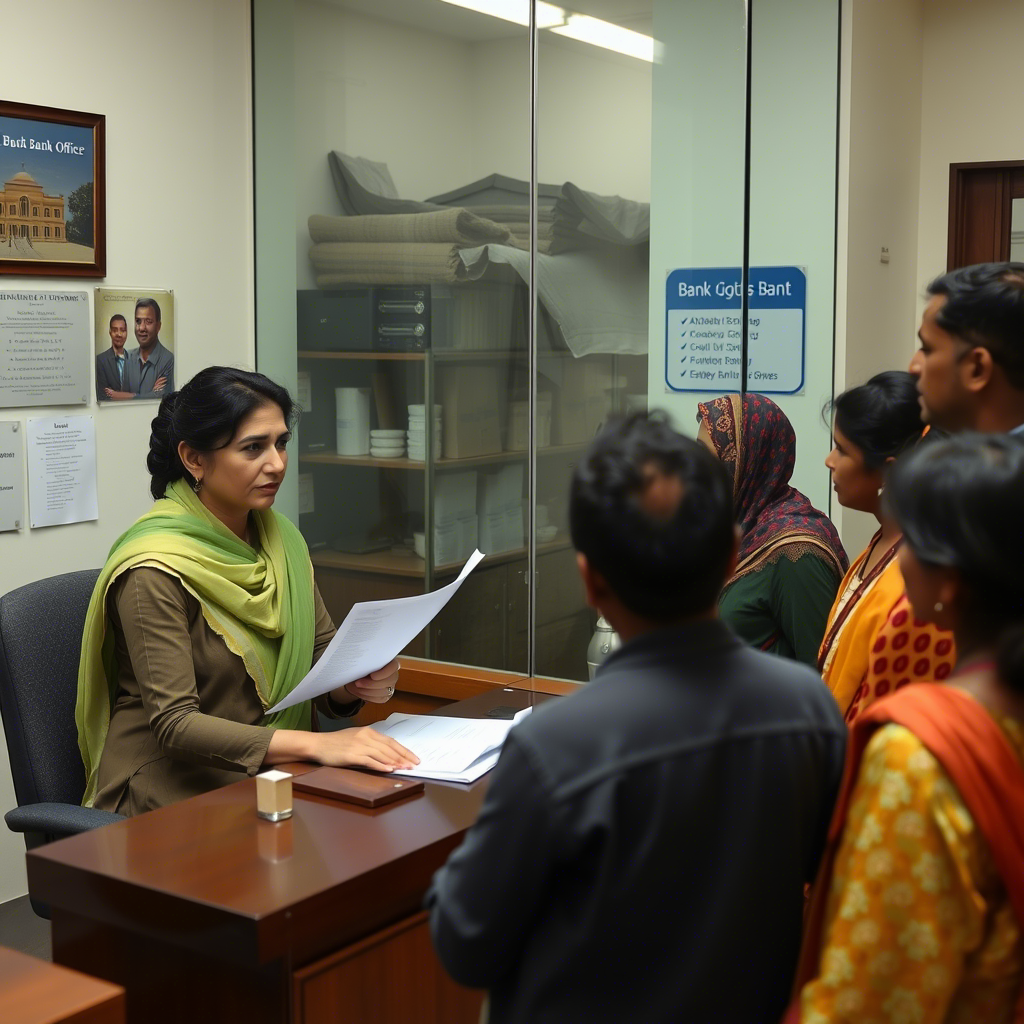Slum settlement problem and solution case report of Karachi
Introduction: The Global Challenge of Slum Settlements
Slum settlements are a growing global concern, representing areas of unplanned human habitation that lack essential services and infrastructure. Despite significant advancements in urban development, slums continue to expand rapidly, particularly in developing countries. These informal settlements are home to approximately one-third of the world’s population, with nearly one billion people living in inadequate shelter. In cities like Karachi, Pakistan, the challenges posed by slum settlements are exacerbated by insufficient basic facilities, environmental degradation, and public health crises. This article delves into the multifaceted issues surrounding slum settlements, focusing on their causes, impacts, and potential solutions, while highlighting the urgent need for comprehensive public policies.

Understanding Slum Settlements: Definition and Characteristics
What Defines a Slum Settlement?
A slum settlement is typically characterized by its unplanned nature and the absence of essential living conditions. According to Ooi, a slum is an area where residents lack access to one or more critical amenities, such as potable water, hygiene facilities, residential security, stable accommodations, or adequate living space. These settlements often emerge due to rapid urbanization, poverty, and government neglect.
In many cases, slum dwellers construct their homes incrementally using informal funding mechanisms. However, these structures are often vulnerable to disasters due to poor construction skills and insecure land tenure. For instance, in Karachi, Pakistan, slum settlements frequently occupy peri-urban locations outside the city center, reflecting a common trend in developing nations.
The Scale of the Problem
Globally, slum settlements house around one billion people, with the majority residing in developing countries. By 2050, this number is projected to reach three billion, underscoring the urgency of addressing this issue. Slum dwellers face unique challenges, including insecure land tenure, unsafe housing, and limited access to public services like electricity grids and sanitation infrastructure. Additionally, overcrowded living conditions increase the risk of infectious diseases, further compounding the public health crisis.

The Root Causes of Slum Settlements
Urban Migration and Economic Factors
One of the primary drivers of slum formation is the rapid rural-to-urban migration. People move to cities in search of better job opportunities and improved living standards. However, when cities fail to accommodate this influx, informal settlements emerge. In Karachi, for example, the lack of affordable housing and financial resources forces low-income families to settle in slums.
Governmental and Structural Challenges
Government financial crises and poor urban planning also contribute to the proliferation of slum settlements. Insufficient investment in infrastructure, coupled with political instability and natural calamities, exacerbates the problem. Moreover, unexpected market fluctuations and community divergence can further marginalize vulnerable populations, pushing them into informal housing arrangements.
Environmental and Social Impacts
Environmental degradation is another significant factor. Slums often lack proper waste management systems, leading to contaminated drinking water and untreated sewage. These conditions pose severe public health risks, particularly in densely populated areas like Karachi. The absence of holistic public policies addressing social, economic, and environmental challenges perpetuates the cycle of poverty and inequality.
The Impact of Slum Settlements on Public Life
Environmental Degradation and Health Risks
Slum settlements are hotspots for environmental problems. Contaminated drinking water, untreated sewage, and zero solid waste management are common issues faced by slum dwellers. These conditions not only degrade the urban ecological environment but also pose significant public health risks. Infectious diseases spread quickly in close living quarters, making slum dwellers particularly vulnerable.
Socioeconomic Consequences
The socioeconomic impact of slum settlements is equally alarming. Residents often live in precarious conditions, lacking access to education, healthcare, and employment opportunities. This perpetuates a cycle of poverty and limits upward mobility. In Karachi, for instance, the lack of basic facilities has severely impacted public life, with slum dwellers bearing the brunt of environmental and social challenges.
Potential Solutions for Addressing Slum Settlements
Improving Infrastructure and Services
Addressing the challenges of slum settlements requires a multi-pronged approach. First and foremost, governments must invest in improving infrastructure and services. Providing access to clean water, sanitation, and waste management systems can significantly enhance the quality of life for slum dwellers. In Karachi, initiatives aimed at upgrading existing slums could help alleviate some of the pressing environmental and health issues.
Promoting Affordable Housing
Affordable housing is another critical solution. Governments should collaborate with private sectors and NGOs to develop low-cost housing options for low-income families. Secure land tenure and access to financial mechanisms can empower slum dwellers to build safer and more stable homes.
Implementing Holistic Public Policies
Finally, there is a need for comprehensive public policies that address the social, economic, and environmental dimensions of slum settlements. This includes creating job opportunities, improving education and healthcare access, and fostering community engagement. By adopting a holistic approach, cities like Karachi can transform slum settlements into sustainable urban communities.
Conclusion: A Call to Action
Slum settlements represent one of the most pressing challenges of our time, affecting millions of people worldwide. While they are a symptom of broader systemic issues, they also offer an opportunity for transformative change. By investing in infrastructure, promoting affordable housing, and implementing holistic public policies, we can address the root causes of slum settlements and improve the lives of their residents. Cities like Karachi serve as a microcosm of the global struggle against slums, highlighting the urgent need for coordinated action. As we look toward the future, it is imperative that governments, NGOs, and communities work together to create inclusive and sustainable urban environments.
